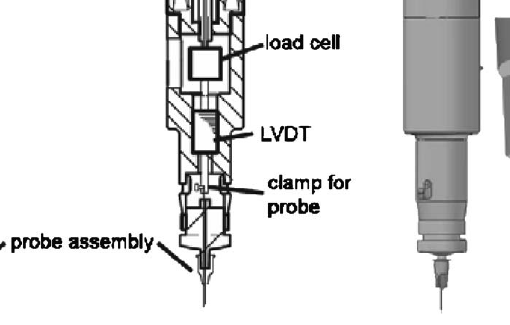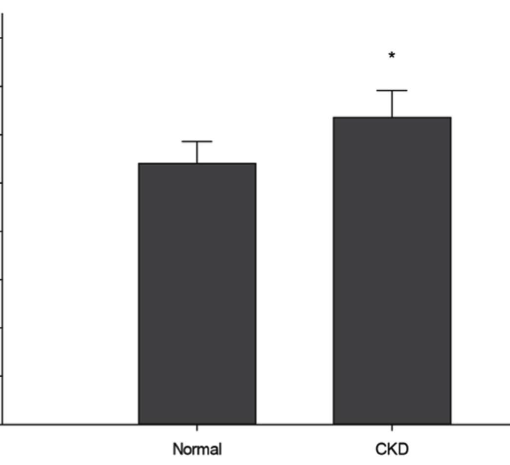Abstract
Characterization of bone’s hierarchical structure in aging, disease and treatment conditions is imperative to understand the architectural and compositional modifications to the material and its mechanical integrity. Here, cortical bone sections from 30 female proximal femurs – a frequent fracture site – were rigorously assessed to characterize the osteocyte lacunar network, osteon density and patterns of bone matrix mineralization by backscatter-electron imaging and Fourier-transform infrared spectroscopy in relation to mechanical properties obtained by reference-point indentation. We show that young, healthy bone revealed the highest resistance to mechanical loading (indentation) along with higher mineralization and preserved osteocyte-lacunar characteristics. In contrast, aging and osteoporosis significantly alter bone material properties, where impairment of the osteocyte-lacunar network was evident through accumulation of hypermineralized osteocyte lacunae with aging and even more in osteoporosis, highlighting increased osteocyte apoptosis and reduced mechanical competence. But antiresorptive treatment led to fewer mineralized lacunae and fewer but larger osteons signifying rejuvenated bone. In summary, multiple structural and compositional changes to the bone material were identified leading to decay or maintenance of bone quality in disease, health and treatment conditions. Clearly, antiresorptive treatment reflected favorable effects on the multifunctional osteocytic cells that are a prerequisite for bone’s structural, metabolic and mechanosensory integrity.
https://www.ncbi.nlm.nih.gov/pubmed/25662494
Biomaterials. 2015 Mar;45:46-55. doi: 10.1016/j.biomaterials.2014.12.024. Epub 2015 Jan 13.





